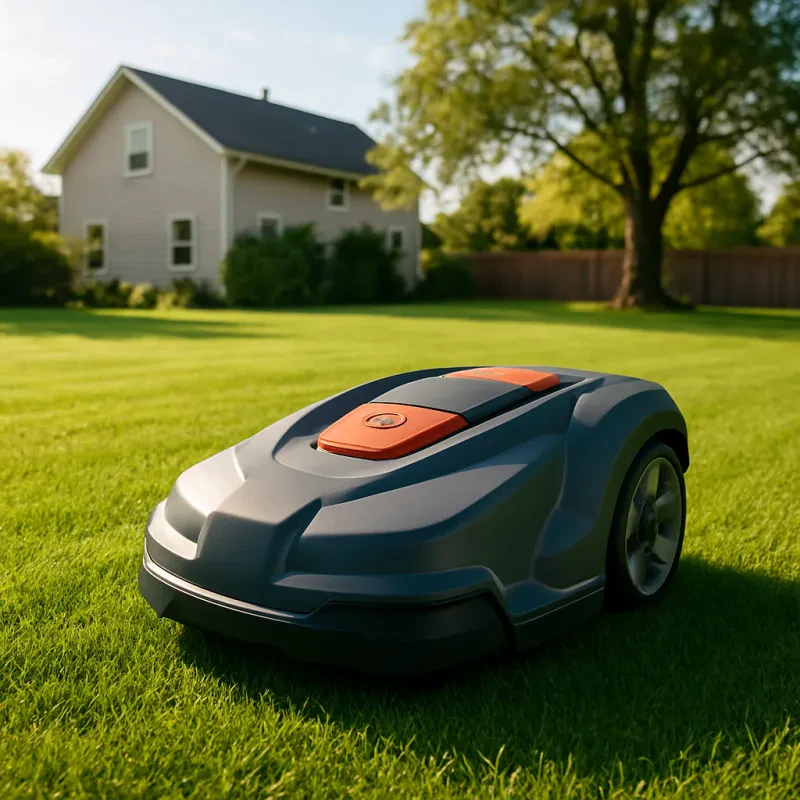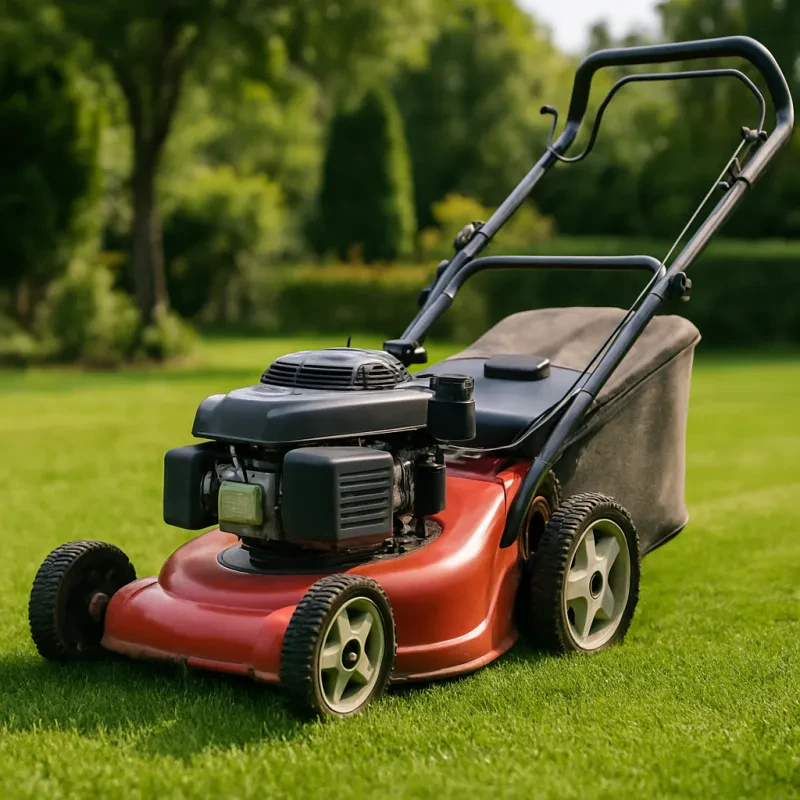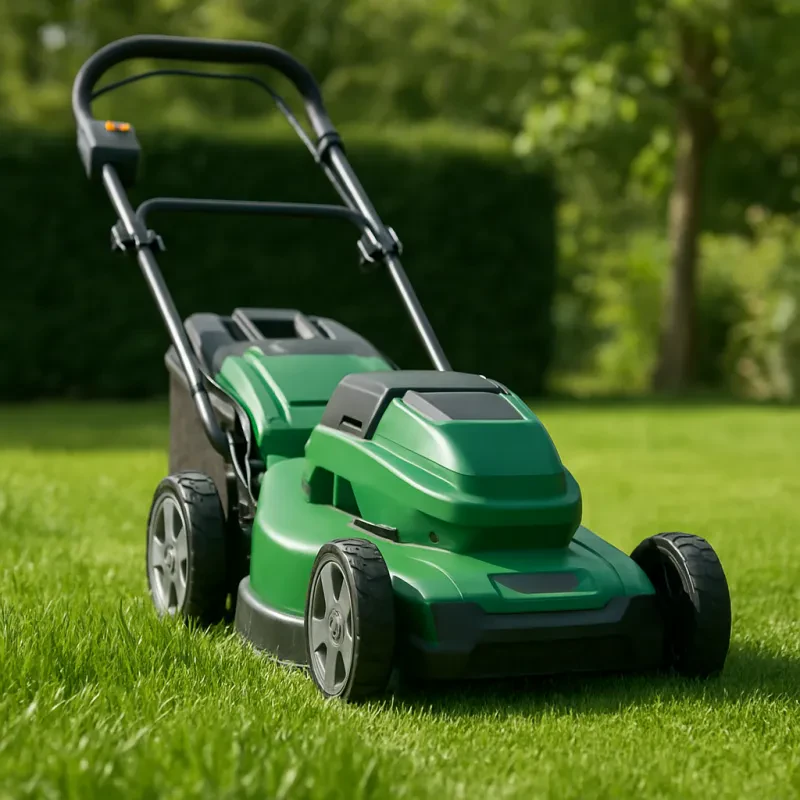It may be hard to imagine a time when cutting grass was not as simple as pushing a lawnmower across your yard. Early civilizations used various methods to keep their lawns in check, ranging from grazing animals to hand-cutting with scythes. But as society advanced and the need for more efficient methods of grass cutting arose, early inventors began to develop the first iterations of what we now know as lawnmowers.
One of the first recorded instances of a mechanical grass cutter was in 1830, when Edwin Budding, an English engineer, patented the first reel mower. This early version of the lawnmower was based on a cutting tool used in textile mills, and featured a cylinder with blades that spun against a stationary blade, much like modern reel mowers. Budding's invention revolutionized lawn care, making it easier and more efficient for homeowners to maintain their grass.
In the decades that followed, inventors continued to refine and improve upon Budding's design. By the late 19th century, steam-powered lawnmowers began to appear, offering a more powerful alternative to traditional reel mowers. These early steam mowers were typically large, heavy, and difficult to operate, but they paved the way for the development of gasoline-powered lawnmowers in the early 20th century.
Electric Power
There are two main types of electric lawn mowers: corded and cordless. Corded electric mowers need to be plugged into an outlet while cordless mowers run on rechargeable batteries. Corded mowers have the advantage of unlimited runtime, as long as they are connected to a power source. On the other hand, cordless mowers offer more mobility and flexibility, allowing users to mow their lawns without being tethered to a cord.
Electric mowers are also typically quieter than gas-powered mowers, making them a popular choice for early morning or late evening mowing sessions. With advancements in technology, electric mowers are becoming more powerful and more durable, making them a viable option for homeowners looking for a reliable and efficient way to maintain their lawns.
Modern Innovations
One of the most notable modern innovations in lawnmowers is the introduction of battery-powered machines. These cordless mowers are lightweight, easy to maneuver, and produce zero emissions, making them an environmentally friendly choice for homeowners. With advancements in battery technology, these mowers now have long run times and powerful cutting capabilities.
Another modern innovation in lawnmowers is the rise of robotic mowers. These autonomous machines use sensors and programming to navigate around obstacles and keep your lawn neatly trimmed. Some models even have smartphone apps that allow you to schedule mowing times and monitor progress from anywhere.
Sustainable Options
Another sustainable option for mowing your lawn is a push reel mower. This type of mower does not require any electricity or gasoline to operate, as it is powered by the person pushing it. Push reel mowers are not only environmentally friendly, but they also provide a great workout for the user. These mowers are perfect for smaller lawns and are easy to maintain.
If you're looking for a more high-tech sustainable option, robotic lawnmowers are a great choice. These autonomous mowers are powered by electricity and are programmed to mow your lawn on a regular schedule. Robotic lawnmowers are extremely energy-efficient and produce minimal noise pollution. While they may come with a higher price tag, the convenience and environmental benefits make them a worthwhile investment for many homeowners.


